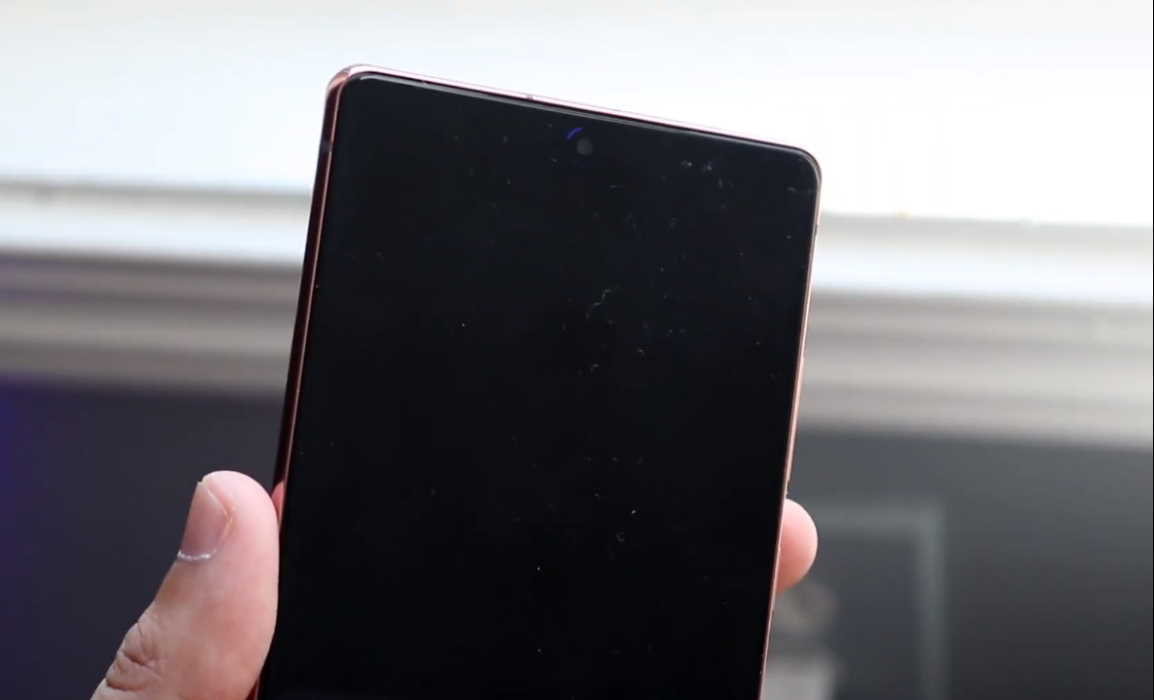Having screen dim and brightness issue on your Galaxy Note 20 or Note 20 Ultra? This seems to be a common problem with many users who reported screen dimming on their devices and they are not sure if the problem is due to defective display or software related.
The screen dim can be caused by a variety of factors. For example, when your phone is running on power saving mode, the screen will dim to save battery. Similarly, if you have Adaptive brightness enabled, the screen will dim or brighten according to the current lighting condition.
In this article, we have prepared some troubleshooting tips that can help you to identify and fix screen dim issue on your Samsung Galaxy Note 20 or Note 20 Ultra. Read on.
How to fix screen dim issue on Samsung Galaxy Note 20 and Note 20 Ultra
Here are some tips that you can try to fix screen dim and brightness issue on your Galaxy Note 20 or Note 20 Ultra.
1. Turn off Adaptive brightness
If you notice that the screen dims automatically, turn off the Adaptive brightness to adjust the screen brightness yourself. Here’s how to disable the Adaptive brightness.
- Go to Settings
- Then tap Display
- Next toggle the Adaptive brightness to Off
- Now increase the screen brightness by moving the slider to the right on the brightness scale
2. Check battery level
If your device is running out of battery, your screen will dim in order to save power. Usually, this happens when your device battery percentage reaches 5% or the percentage you have set to alert you when it reaches certain battery level. If that is the case, you need to charge up your device.
3. Adjust screen timeout
The screen timeout decides how long before your screen goes off when it stays idle. If you have set it too low, you’d notice the screen turning off too soon. Try adjusting the amount of time as to how long you want it to stay on. Here’s how to adjust the screen timeout.
- Go to Settings
- Then tap on Display
- Next scroll down and tap on Screen timeout
- Now, select and set your preferred timeout for the screen to stay on
4. Adjust power saving mode
Power saving mode will disable certain features and functionality of your device in order to extend battery life. It will also dim screen brightness depending on the power saving mode. Try adjusting the power saving mode and select the one that suits you. Here’s how you can adjust the power saving mode.
- Go to Settings
- Then tap on Device care
- Next tap on Battery
- Now tap on Power mode
- Finally, select the power saving mode and adjust the brightness settings as per what suits you.
If Adaptive power saving is enabled, turn it off to disable your device from changing power mode automatically.
5. Check proximity sensor
During a call, the screen will turn off when your phone is close to your ear and turn back on when you move your phone away. This is because of the proximity sensor that is located on the front of the screen.
Screen covers, stickers, dirty sensor, glass screen protectors and improperly installed screen protectors may interfere with proximity sensor and cause it to stop working.
Check if there isn’t something blocking the proximity sensor that is causing the screen to not respond as expected.
6. Adjust Secure lock settings
With Secure lock, you can choose how you want to set your lock screen security. The Secure lock allows you to set the duration of time your phone will stay unlocked after the screen turns off automatically. If you notice that the screen is locking instantly, try adjusting the delay to change this behavior. Here’s how to do that.
- Go to Settings
- Then scroll down and tap on Lock screen
- Next tap on Secure lock settings, then enter your Password, PIN or pattern if prompted
- Now tap Lock automatically, then adjust the time delay. You can select a delay from instantly to 30 minutes.
7. Change Smart stay settings
The Smart stay feature uses the front camera to keep the screen from turning off when you are looking at it regardless of the screen timeout setting. You can choose to enable it to prevent the screen from dimming when you don’t want it to. Here’s how to activate Smart stay.
- Go to Settings
- Tap on Advanced features
- Then scroll down and tap on Motions and gestures
- Now tap Smart stay to toggle the switch ON to activate it
Smart stay may not work when the front facing camera is being used in another application or when it fails to detect your face or eyes. It will also not work when you are using your phone in the dark or when it is not positioned upright. So make sure these aren’t the cases that are causing the screen dimming issue.

